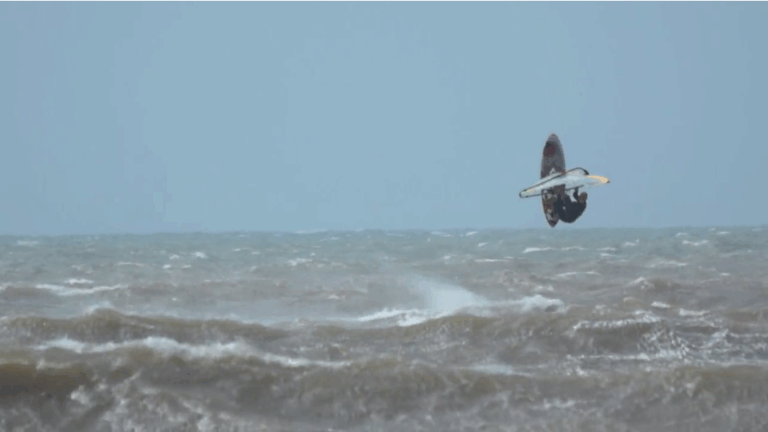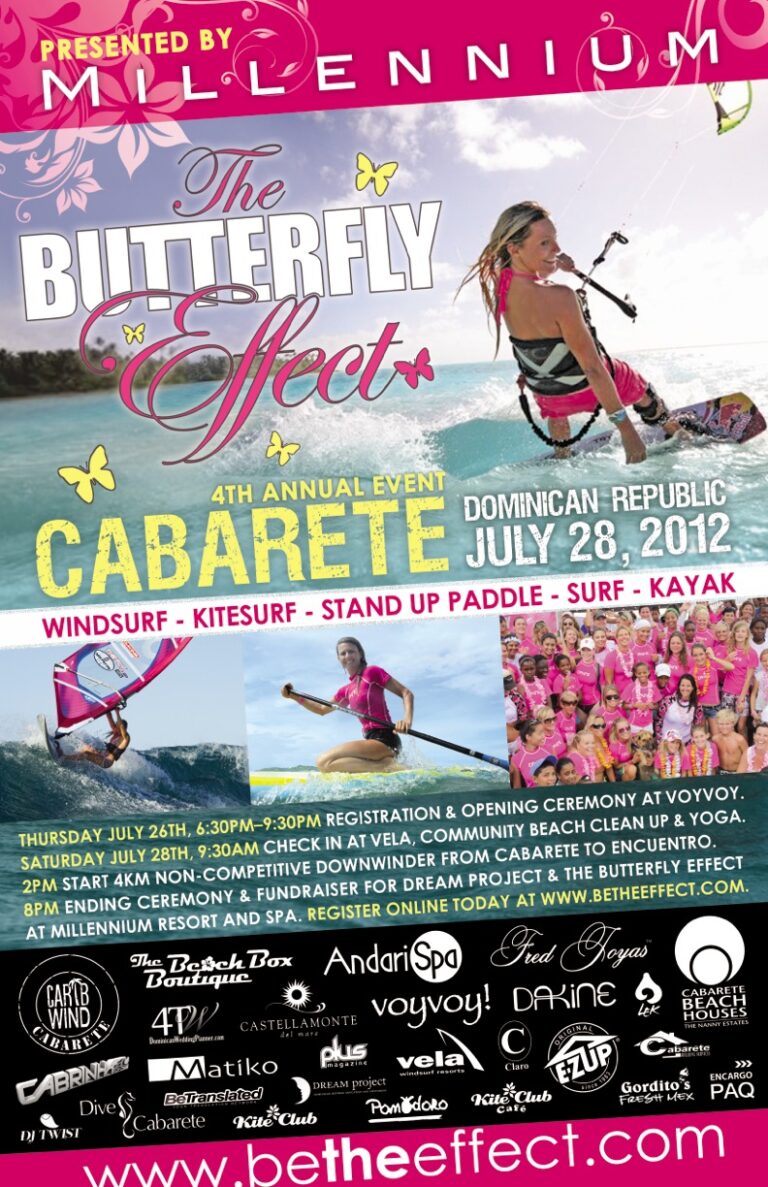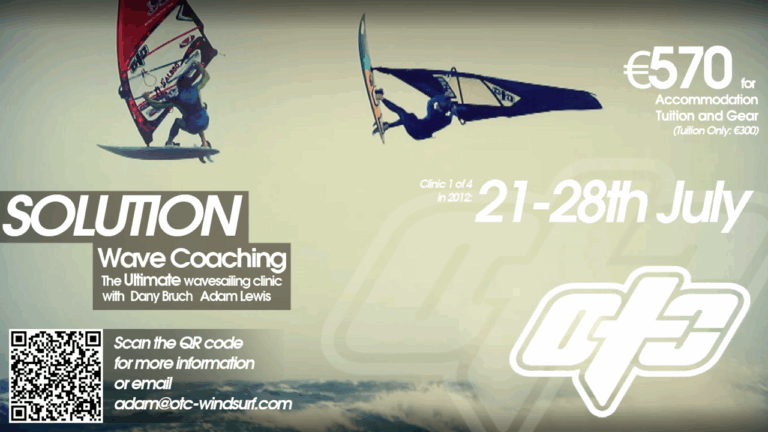Jem Hall continues his series ‘The Moves That Matter’, this time round Jem looks to unravel the keys to learning and boosting your carve gybes.I hope you have enjoyed my recent articles in my new technique series, the Moves That Matter (MTM), check out all the previous technique pieces and my latest news right here.
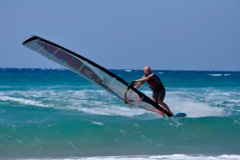
I have previously covered the basic tips on how to waveride front side, now it is time to get Gybe talking.
This first piece of a mini series on carve gybes and freemove / ride sailing will present the main skills with images and text, I will then follow this up with video in the next feature.
As I have often said, ‘ordinary actions done consistently will produce extraordinary results’ so it is the small parts, that make up the big picture of the carve gybe.
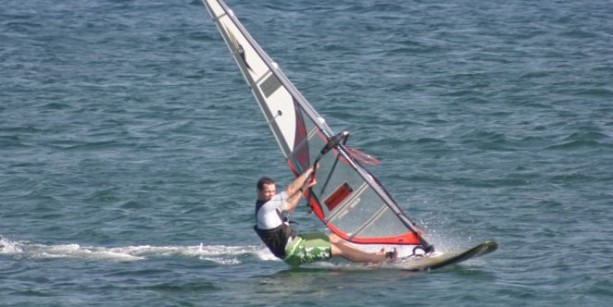
TOP GYBE TIPS:
Stance
I have mentioned before just how important the holy trinity is and if you want great gybes, then you need to focus on planing early, sailing fast (under and overpowered) and flying upwind. All these skills means that you can try more gybes as you will be more upwind and in a position to bear away and go fast into your gybes.
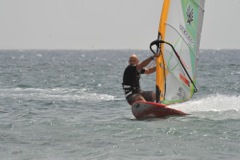
Tacks
With the modern wide boards and people now venturing out in light winds more this move is now back in vogue and very very useful. Please learn and improve and upon it, as you will use it later should you get into wavesailing and it means you can get and stay upwind. When you are confident you can stay upwind you will try more gybes and bear away in your preparation to gybe, both of which will drastically improve your carving skills.
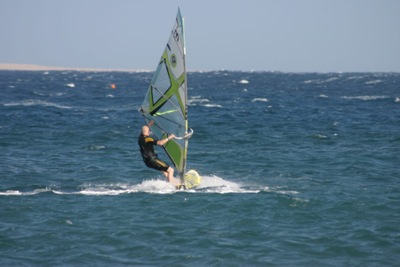
Light wind skills
I see the most improvement in peoples gybes after a session of drills and skills in light winds on a floaty board or windSUP. Getting to grips with the footwork and timing of the gybe, aggressive steering up and downwind and being the master of clew first sailing will fire up your muscle memory and give you both valuable and transferrable skills to utilise in planing conditions.
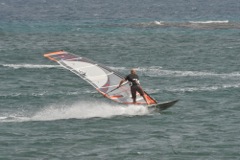
Back hand, back hand, back hand
Simply put the further back your rear hand is positioned the better many of your moves will be. The people on my clinics who place their hands the furthest back learn and improve their gybes the fastest. I say this as my first coaching point and plug it as the most important part of the gybe and the bottom turn, forward etc etc. When learning and improving your gybes this is the first action you perform before you look to gybe.
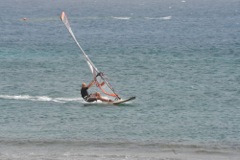
Unhooking
How you hook in and unhook is more crucial to your sailing than you think. Do it well and your stance and footstrap usage develops fast, do it poorly and you’ll be out the front door! My clients and I have found it best to unhook by bending your arms from a low position before we gybe (do moves) so as to keep us low, the alternative is to raise your hips which puts you upright and sinks the tail … not good. We can lose so much precious speed before we even start gybing just by inefficient unhooking, so please get down James Brown and unhook by hanging off straight arm, then bending them to release the line from your hook.
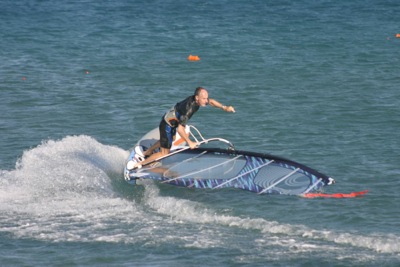
360s
Now we are moving into the moves where people who can gybe should be working on. Great gybes, planing ones especially, take a good amount of time and as we enjoy the journey it is best to try some other moves on the way to keep you fresh and challenged. By working on 360s your entry speed will be boosted and you will gybe more off the front foot AND you will really commit to carving hard. My clients really enjoy going for these now, and often the one handed variation too.
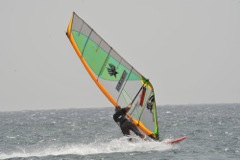
Duck gybes
This is a fantastic move and everyone remembers getting his or her first! It is a more simple gybe than a carve gybe and can often be your first planing gybe due its less technical nature. You duck the rig early and then just focus on carving. The duck gybe will give you a great thrill, increase your confidence and make you more dynamic – get into them.
Bearing away into your gybes
Now all these skills and drills will really get your gybes talking and flowing but I have saved the best tip for last (along with a reminder to get your back hand back). After getting your back hand waaaay back, and unhooking smoothly, if you bear away into your gybe and stay low you have the best opportunity ever to significantly step up your gybes! Turning downwind / bearing away by scissoring the board (not carving it) and keeping it flat will see your board speed rocket and the sail will then go light, whilst the board will then be ready to carve. Going fast into your gybe will give you a wider arc and therefore provide you with the time to do all that damn footwork and rig opening and rotating. More on all this later …. Including all the nitty gritty of the actual whole process of gybing.
So there you have it, lots of tips and skills for you to consider and practice. If you can’t wait for the next instalment then please check out some of my technique clips on the Boardseeker website too.
Plus all of this and more is covered in my technique DVD ‘Beginner to Winner.’
Or you can check out my Live Coaching chapter on carve gybes, from Beginner to Winner, right here:
More Windsurfing Videos
Jem Hall runs a range of clinics both in the UK and abroad, head to his website for all the information.
A number of these clinics are with Sportif, head to the Sportif website for all destination details.
Jem is sponsored by RRD boards, Ezzy Sails, Flying Objects, Big Salty Weather and Prosport Sunblock.

